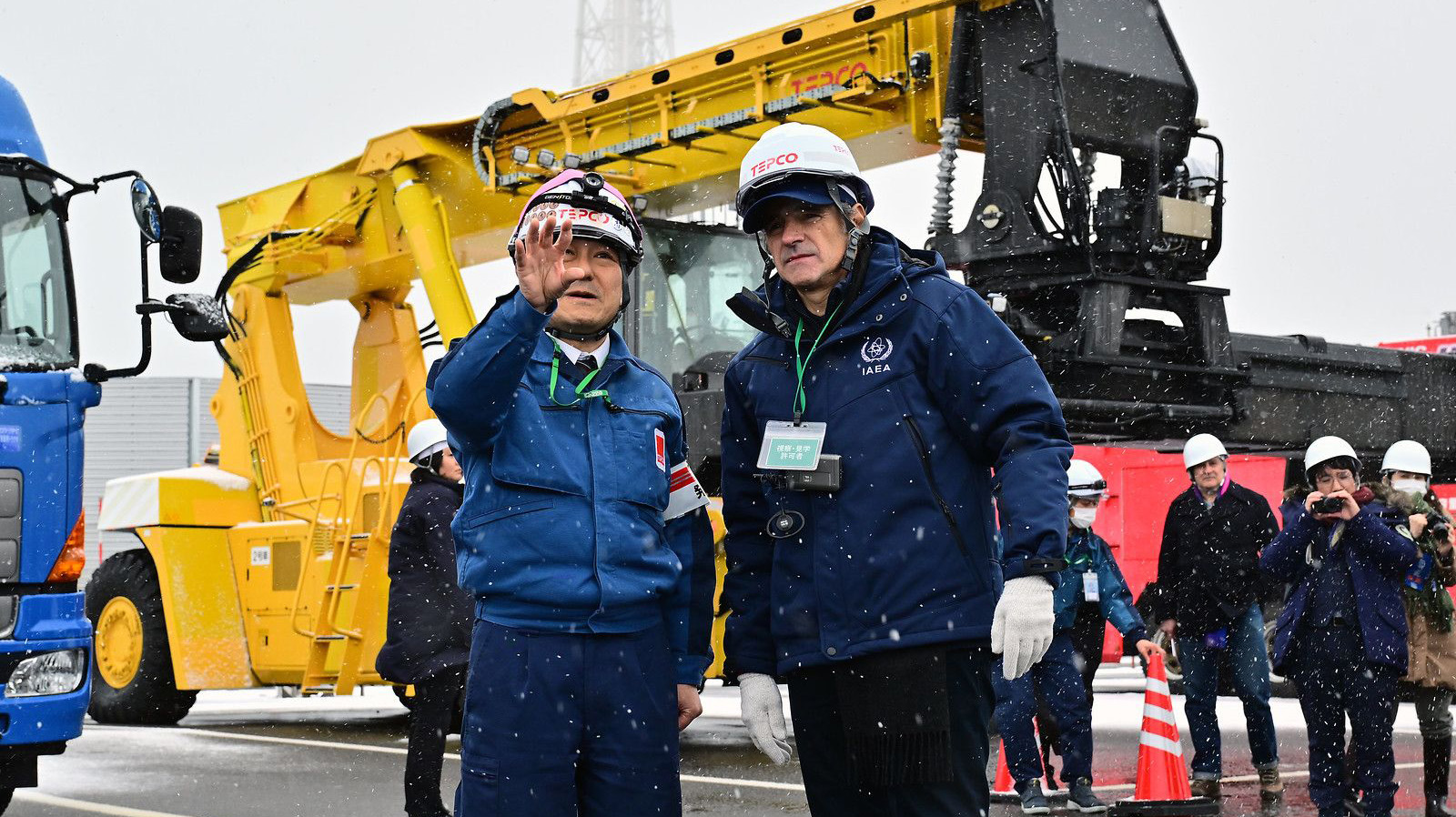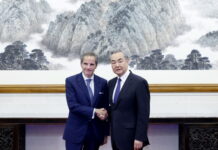Director General’s Visit to Japan’s Largest Nuclear Power Plant Highlights Safety Improvements
In a significant development for nuclear safety and security, the Director General recently visited the Kashiwazaki Kariwa Nuclear Power Plant, Japan’s largest nuclear facility. This visit underscored the ongoing efforts to enhance safety protocols and secure access facilities at the plant, along with improvements in seismic and tsunami proofing measures.
The Director General was joined by TEPCO President Tomoaki Kobayakawa and Site Vice President Takeyuki Inagaki during his tour of the facility. Mr. Inagaki, who previously served as a safety officer for the International Atomic Energy Agency (IAEA) at the Fukushima Daiichi plant during the catastrophic 2011 tsunami, shared his personal reflections on the experience. He described it as the most challenging period of his life, filled with valuable lessons. Now, as the Site Vice President of Kashiwazaki Kariwa, Mr. Inagaki is committed to ensuring that such an accident is never repeated.
The Director General expressed his satisfaction with the progress made at the Kashiwazaki Kariwa station. He emphasized that "nuclear safety and security are an everyday effort," and noted that all recommendations provided by IAEA experts have been addressed properly and thoroughly. This progress is a testament to the plant’s dedication to maintaining high safety standards.
Monitoring Marine Radioactivity Near Fukushima Daiichi
In addition to the visit to Kashiwazaki Kariwa, the Director General participated in an ongoing IAEA initiative to monitor marine radioactivity near the Fukushima Daiichi nuclear power station. This effort aims to independently verify that water discharge levels adhere to international safety standards. The Director General collaborated with scientists from China, South Korea, and Switzerland to collect seawater samples from a boat stationed off the coast in front of the Fukushima Daiichi plant.
These samples will undergo analysis at IAEA laboratories in Monaco, as well as national laboratories in Japan and the participating countries. These laboratories are part of the IAEA’s Analytical Laboratories for the Measurement of Environmental Radioactivity (ALMERA) network, selected for their high proficiency in handling such critical assessments.
The Director General assured that these efforts would allow third parties to independently verify the compliance of water discharge levels with international safety standards. This initiative is crucial for maintaining transparency and building public confidence in the safety measures at the Fukushima Daiichi site.
The Importance of Nuclear Safety and International Collaboration
The Director General’s visit to Japan highlights the critical importance of nuclear safety and the ongoing international collaboration to ensure the highest standards are met. The IAEA plays a pivotal role in providing guidance and expert recommendations to nuclear facilities worldwide, helping them enhance their safety and security measures.
Nuclear power remains a significant source of energy for many countries, including Japan. Therefore, ensuring the safe operation of nuclear power plants is essential for both environmental protection and public safety. The lessons learned from past incidents, such as the Fukushima Daiichi disaster, continue to inform and improve safety protocols across the globe.
Enhancing Seismic and Tsunami Proofing
Japan’s geographical location makes it particularly susceptible to natural disasters such as earthquakes and tsunamis. This susceptibility necessitates robust safety measures at nuclear power plants. The improvements in seismic and tsunami proofing at the Kashiwazaki Kariwa plant are vital steps in safeguarding against potential future natural disasters.
These enhancements include strengthening the structural integrity of the facilities and implementing advanced monitoring systems to detect early signs of seismic activity. By taking these precautions, the plant aims to mitigate the impact of any potential natural disasters, ensuring the continued safe operation of the facility.
Conclusion
The Director General’s recent visit to Japan’s largest nuclear power plant and the ongoing efforts to monitor marine radioactivity near the Fukushima Daiichi site underscore the global commitment to nuclear safety and security. Through international collaboration and adherence to stringent safety standards, the nuclear industry continues to advance towards a safer and more sustainable future.
For more information on the IAEA’s initiatives and the importance of nuclear safety, you can visit the IAEA’s official website here.
This informative visit and the initiatives it encompasses highlight the importance of continuous improvement and vigilance in the field of nuclear energy, ensuring that lessons from the past are effectively applied to safeguard the future.
For more Information, Refer to this article.


































